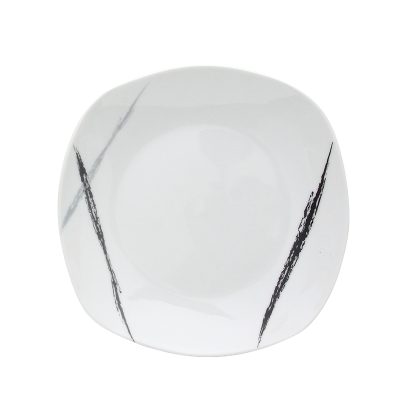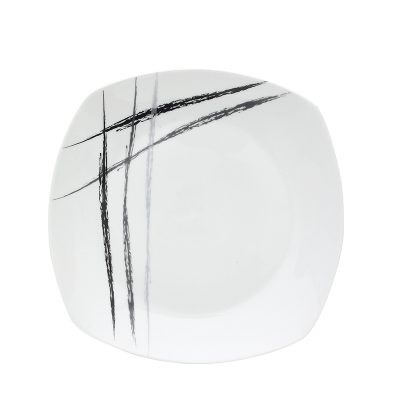1. When choosing ceramic tableware, do not use glaze decoration, and the inner wall of ceramic tableware should not be painted. Underglaze color or underglaze color can be used for decoration. For example, blue and white is a kind of ceramics that people like to decorate with underglaze color.
2. The purchased ceramic tableware should be soaked and boiled with 4 vinegar water first, which can remove most of the toxic substances and greatly reduce the potential harm of ceramic tableware to the human body.
3. Do not use ceramic tableware to store acidic food and beverages such as fruit juice, wine, and coffee for a long time. Because the longer the ceramic tableware holds acidic food or beverages and the higher the temperature, the easier it is to dissolve lead, which is equal to aggravating the toxic and side effects of lead dissolution.
4. Whether the shape is normal, whether there is damage, spots, bubbles, and smooth. Prickly, spotty, or even cracked ceramics on the surface, the lead contained in the glaze is easy to overflow, and it is not suitable for tableware.
5. When choosing porcelain decorated with gold and silver, rub it with your hand, and it is the top grade if it does not fade.
6. After a few taps, the sound is crisp and the quality is good, while the dull or hoarse sound is of inferior quality.
7. Most of the porcelain adhesives have high lead content, and it is not suitable to make tableware after the porcelain has been repaired.
8. The glaze on the surface of the porcelain is fired at a temperature above 800 degrees, and it is less than 800 degrees. Low temperature glazes will have harmful substances to the human body. Porcelain is good to reach 1350 degrees.
9. When purchasing a complete set of ceramic products, it depends on whether the glaze color, picture, luster and style of each piece are consistent, well-proportioned and coordinated.
10. Thin ceramic products should be viewed under sunlight or light. They should have a sense of transparency, be thin and light, and have a uniform thickness.








